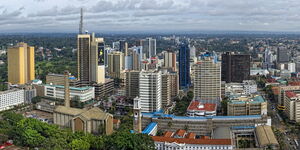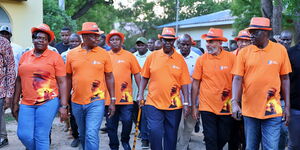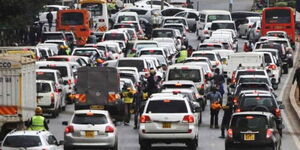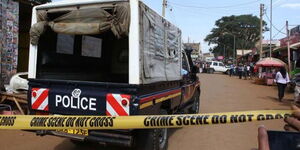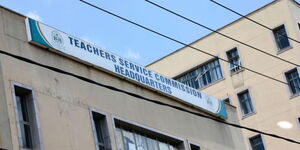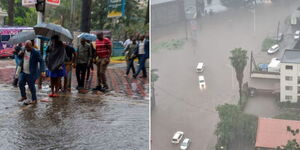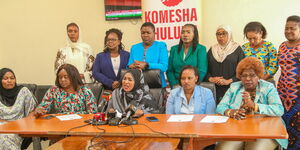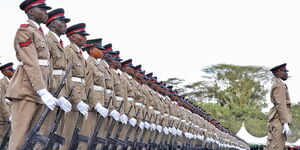On Friday morning, Kenya woke up to devastating news that 17 pupils at Hillside Endarasha Juniour Secondary School in Nyeri County had been burnt beyond recognition while several others sustained serious injuries after fire broke out at 3am at a dormitory at the learning institution.
It has since been established the dormitory housed 152 boys, a fact which left Kenyans reeling on the potential damage that would had occurred if the fire was more ferocious and extended to the areas where the other boys sleep.
It is for this precise reason that the Government of Kenya, established the Safety Standards Manual For Schools in Kenya 2008 to ensure that tragedies are stopped before they happen.
The document outlines the precautions schools should put in place across various areas ranging from classrooms, dormitories and social spaces to stop fires and other calamities.
The government policy dictates the layout of all school dormitories in Kenya. The space between beds should be no less than 1.2 meters, allowing sufficient room for movement and access.
Additionally, the corridor or pathway within the dormitories must be at least 2 meters wide to facilitate easy movement and ensure safety during emergency situations.
Sharing of beds is strictly prohibited, and admissions should always align with the dormitory's bed capacity to prevent overcrowding.
Further, each dormitory must be equipped with a door at each end and an additional emergency exit located in the middle of the dormitory.
This emergency exit should be clearly marked with a sign reading “Emergency Exit” to ensure that it is easily identifiable in case of an emergency. Dormitory doors should remain locked at all times when learners are not present in the dormitory, such as during class or sports activities.
The keys to these doors should be securely held by the Dormitory Master/Mistress or the Dormitory Prefect to ensure they are accessible in emergencies.
Dormitory windows should be designed without grills and should open outward for easy ventilation and quick escape if necessary. Each dormitory must have functioning fire extinguishers placed at each exit and fire alarms installed at easily accessible points.
Regular spot checks by teachers and the administration should also be conducted before students go to bed to ensure that all safety measures are in place and functioning correctly.
To further enhance safety and security, an accurate roll call should be conducted daily, with records maintained diligently. Regular patrols by school security personnel or authorized security staff are necessary to monitor the dormitory. Visitors should not be permitted inside the dormitory to maintain security.
Hygiene standards must be inspected on alternate days to ensure that the living conditions remain sanitary. Additionally, bunk beds must be robust and equipped with side grills to prevent younger learners from falling off while they are asleep.
The direct responsibility for overseeing school safety falls within a specific School Safety Committee, which is essential for maintaining a secure learning environment. Each School Management Committee or Board of Governors is mandated to constitute a dedicated sub-committee to manage school safety effectively.
This sub-committee plays a crucial role in implementing safety measures and ensuring that all safety protocols are followed. The composition of the committee is designed to include a diverse range of perspectives and expertise to address safety comprehensively.
The committee is also tasked with mobilizing resources required to create a safe, secure, and nurturing environment for learners, staff, and parents. This resource mobilization ensures that the school has the tools and support needed to maintain high safety standards.
The committee is responsible for keeping learners, parents, and other stakeholders informed about school safety policies and implementation activities.


